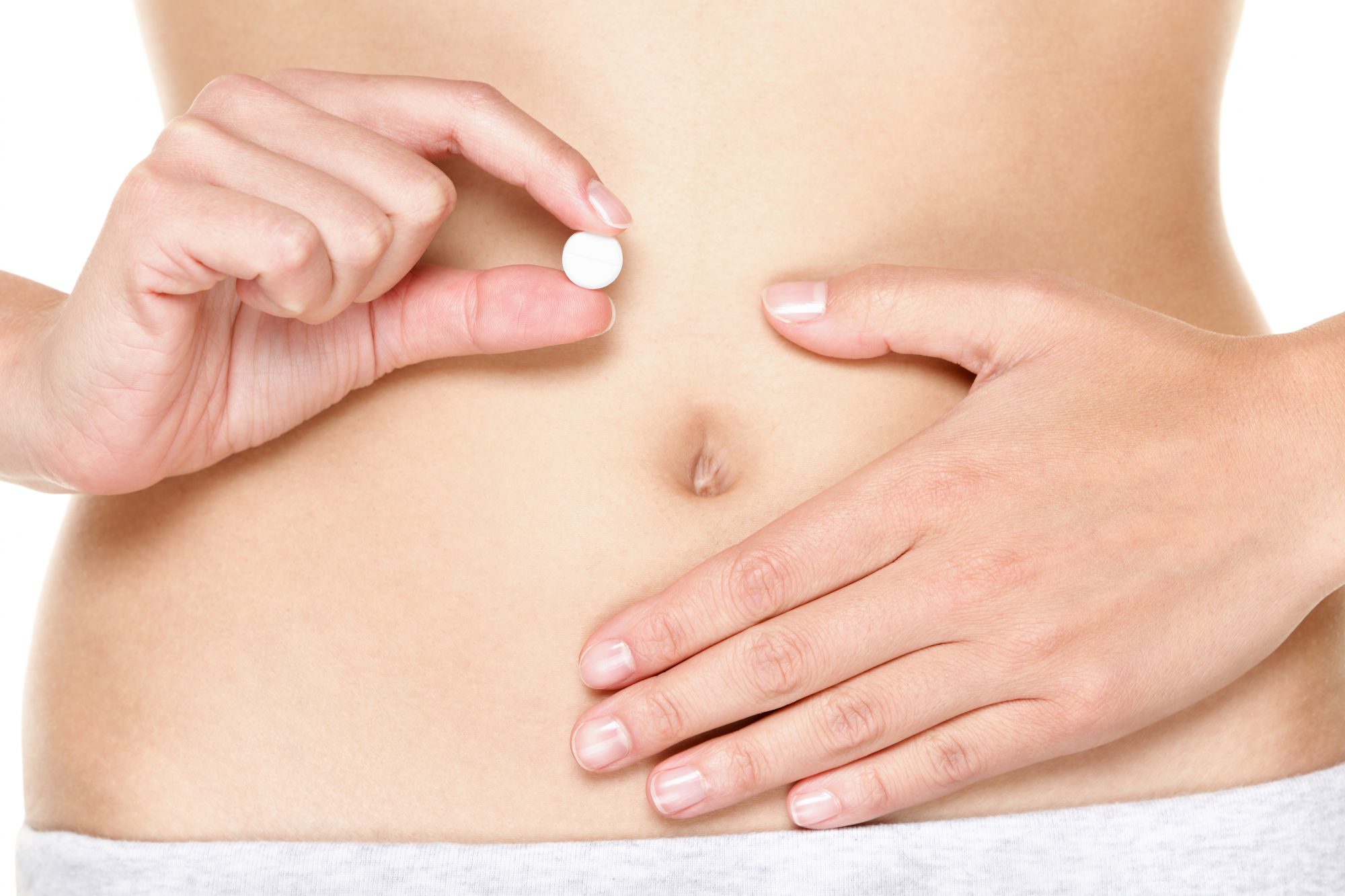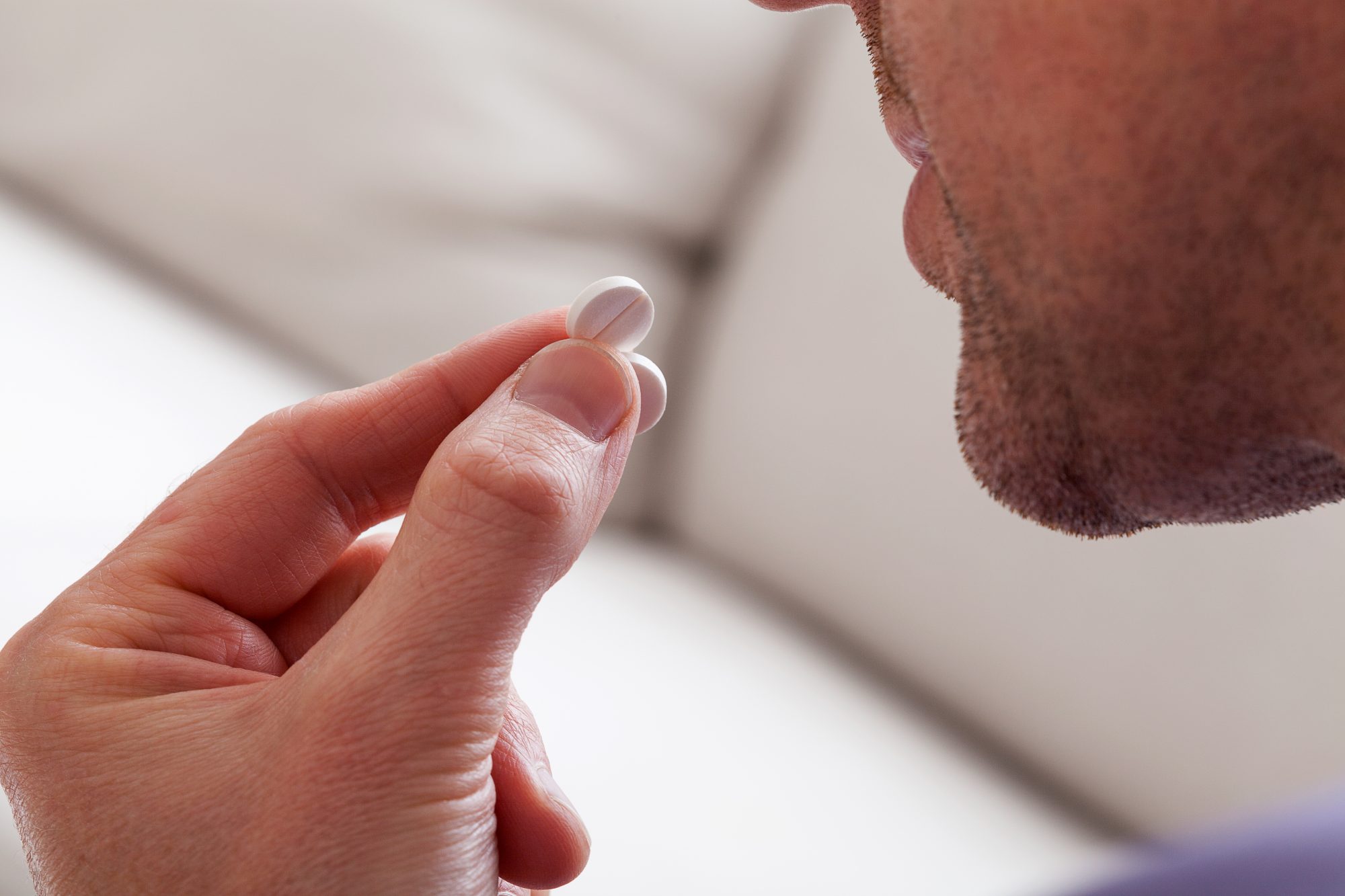Although swallowing a pill is the easiest way of administering a drug, research shows that body posture impacts oral drug absorption
Although swallowing an oral drug may seem economical and easy, oral administration is actually extremely complex for the human body to absorb an active pharmaceutical ingredient.
This is because the bioavailability of the drug in the gastrointestinal tract depends on the medication’s ingredients and the stomach’s dynamic physiological environment. And body posture affects this drug absorption.
Researchers from Johns Hopkins University and Johns Hopkins School of Medicine published their latest findings in Physics of Fluids, by AIP Publishing.
The study employed a biomimetic in-silico simulator based on the realistic anatomy and morphology of the stomach – a “StomachSim”. The StomachSim was able to investigate and quantify the effect of body posture and stomach motility on drug bioavailability.

Oral drug absorption is not as simple as it sounds
“Oral administration is surprisingly complex despite being the most common choice for drug administration,” said co-author Rajat Mittal.
“When the pill reaches the stomach, the motion of the stomach walls and the flow of contents inside determine the rate at which it dissolves. The properties of the pill and the stomach contents also play a major role.
Gastroparesis slows down the emptying of the stomach
“However, current experimental or clinical procedures for assessing the dissolution of oral drugs are limited in their ability to study this, which makes it a challenge to understand how the dissolution is affected in different stomach disorders, such as gastroparesis, which slows down the emptying of the stomach.”
What else affects drug bioavailability and pill trajectories?
- Stomach contents
- Motility
- Gastric fluid dynamics
- Stomach contractions
This means there are varying rates of pill dissolution and nonuniform emptying of the drug into the duodenum and, sometimes we see gastric dumping in the case of modified-release dosage.
In combination, these issues pose several challenges for the design of drug delivery.
Coupling gastric biomechanics and drug dissolution
Mittal explains: “In this work, we demonstrate a novel computer simulation platform that offers the potential for overcoming these limitations.
“Our models can generate biorelevant data on drug dissolution that can provide useful and unique insights into the complex physiological processes behind the oral administration of pills.”
The study is the first of its kind to couple gastric biomechanics with pill movement and drug dissolution to quantify an active pharmaceutical ingredient passing through the pylorus into the duodenum.
The modelling has also enabled the researchers to calculate and compare the emptying rate and the release of a dissolved active pharmaceutical ingredient into the duodenum for a variety of physiological situations.











